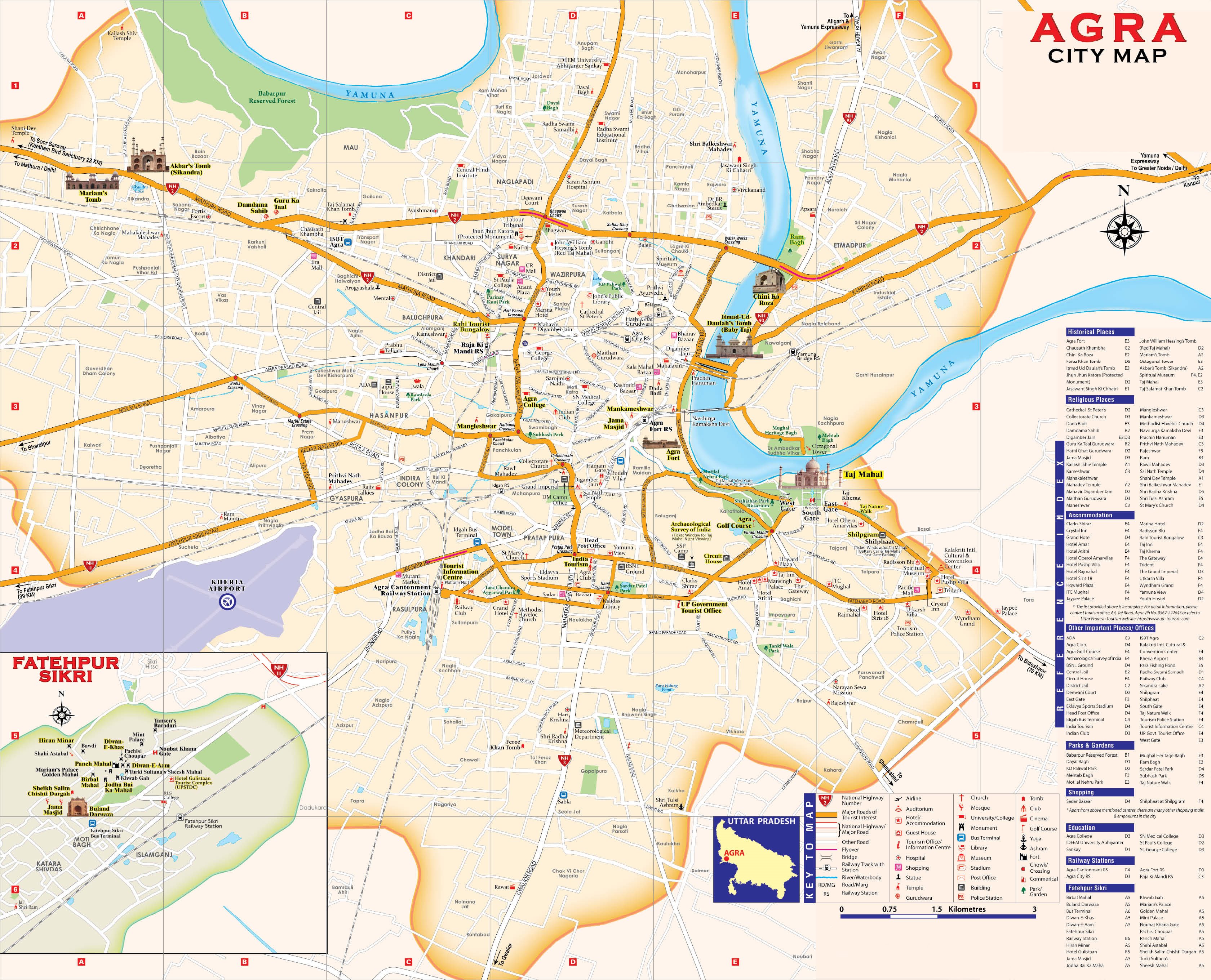Our team of experts has put together this comprehensive guide to help travelers make the most of their trip to Agra. Whether you're planning a summer getaway or a winter escape, this guide will provide you with all the information you need to know about the city's climate and the best time to visit.
| Month | Temperature (°C) | Rainfall (mm) | |
|---|---|---|---|
| Avg. High | Avg. Low | ||
| January | 22 | 8 | 8 |
| February | 25 | 10 | 10 |
| March | 30 | 15 | 12 |
| April | 35 | 20 | 15 |
| May | 40 | 25 | 20 |
| June | 45 | 30 | 30 |
| July | 40 | 28 | 50 |
| August | 38 | 27 | 45 |
| September | 35 | 25 | 30 |
| October | 32 | 20 | 10 |
| November | 27 | 15 | 5 |
| December | 23 | 10 | 5 |
Main article topics
FAQ
This comprehensive FAQ section provides essential information about Agra's climate, best time to visit, and other crucial aspects.
All smiles at our Jungle... - DaCosta Farm and Attractions - Source www.facebook.com
Question 1: When is the best time to visit Agra?
The ideal time to visit Agra is during the winter months, between October and March. During this period, the weather is pleasant with moderate temperatures, making it comfortable for sightseeing.
Question 2: How hot does it get in Agra during the summer?
Summer in Agra can be extremely hot, with temperatures often reaching 45 degrees Celsius (113 degrees Fahrenheit). It is advisable to avoid visiting during the summer months, particularly April through June, unless absolutely necessary.
Question 3: What is the average rainfall in Agra?
Agra receives an average annual rainfall of around 700 millimeters (27.5 inches). The majority of rainfall occurs during the monsoon season, which lasts from July to September.
Question 4: Is it safe to travel to Agra during the monsoon season?
While the monsoon season brings much-needed rainfall, it can also lead to flooding and transportation disruptions. It is recommended to exercise caution when traveling during this period.
Question 5: What precautions should be taken while visiting Agra?
To ensure a safe and enjoyable visit to Agra, it is advisable to stay hydrated, wear appropriate clothing, and avoid venturing out during extreme weather conditions.
Question 6: What are some tips for enjoying the weather in Agra?
To make the most of Agra's weather, consider visiting during the pleasant winter months, staying in air-conditioned accommodation, and seeking shade during the hot summer months.
By understanding the climate and best time to visit Agra, travelers can plan a memorable and enjoyable trip.
Learn more about Agra's rich history and stunning architecture in the next article section.
Tips for Visiting Agra
Agra, home to one of the seven wonders of the world, the Taj Mahal, is a popular tourist destination in India. It is located in the northern Indian state of Uttar Pradesh and experiences extreme weather conditions throughout the year. If you are planning a trip to Agra, it is important to consider the weather conditions and the best time to visit to make the most of your trip. Agra Weather: A Guide To The City's Climate And Best Time To Visit provides a comprehensive guide to the city's climate and the best time to visit, along with tips for a comfortable and enjoyable trip. Here are some tips to consider:
Tip 1: Visit Agra during the winter months (October to March).
The winter months are the best time to visit Agra as the weather is pleasant and comfortable. The average temperature during this time is between 10 to 25 degrees Celsius (50 to 77 degrees Fahrenheit). The days are sunny and warm, while the nights are cool and comfortable. This makes it ideal for sightseeing and exploring the city's many attractions.
Tip 2: Avoid visiting Agra during the summer months (April to June).
The summer months in Agra are extremely hot and humid. The average temperature during this time is between 30 to 45 degrees Celsius (86 to 113 degrees Fahrenheit). The days are long and scorching, making it uncomfortable to be outdoors for long periods. It is also important to note that the summer months are when Agra receives the highest rainfall, which can disrupt your plans.
Tip 3: Be prepared for cold weather during the winter months.
The winter months in Agra can get quite cold, especially at night. It is crucial to pack warm clothes, including sweaters, jackets, and scarves, to ensure that you stay comfortable during your trip.
Tip 4: Stay hydrated, especially during the summer months.
The heat and humidity during the summer months can lead to dehydration, so it is important to stay hydrated by drinking plenty of water throughout the day.
Tip 5: Carry sunscreen and sunglasses.
The sun in Agra can be strong, especially during the summer months. Make sure to protect your skin by applying sunscreen and wearing sunglasses when outdoors.
Tip 6: Be prepared for crowds.
Agra is a popular tourist destination, so it is important to be prepared for crowds, especially during peak season. To avoid the crowds, consider visiting Agra during the off-season or weekdays.
Tip 7: Learn a few basic Hindi phrases.
Hindi is the official language of India, and while English is widely spoken in Agra, learning a few basic Hindi phrases can help you communicate with locals and get around the city more easily.
By following these tips, you can plan a comfortable and enjoyable trip to Agra. Remember to check the weather forecast before your trip and pack accordingly. Agra is a beautiful city with a rich history and culture, and it is worth visiting any time of the year.
Agra Weather: A Guide To The City's Climate And Best Time To Visit
Agra, the city of the iconic Taj Mahal, experiences a tropical wet and dry climate with variations in temperature, humidity, and rainfall throughout the year. Understanding the city's weather patterns is a crucial factor in planning a visit to make the most of your trip.
- Summer Heat: April to June, with temperatures soaring up to 45 degrees Celsius.
- Monsoon Rains: July to September, bringing heavy showers and high humidity levels.
- Winter Comfort: October to March, offering pleasant temperatures ranging from 10 to 25 degrees Celsius.
- Dust and Pollution: Winter months witness increased levels of air pollution, affecting visibility.
- Peak Season: October to March, when the weather is most favorable, attracting tourists from around the world.
- Off-season Savings: April to June and July to September offer lower accommodation rates due to reduced tourism.
These key aspects of Agra's weather provide valuable insights for travelers. Planning your visit during the pleasant winter months ensures optimal sightseeing experiences. However, budget-conscious travelers may consider visiting during the off-season to enjoy lower expenses. Understanding the city's weather patterns allows you to plan accordingly, ensuring a memorable and enjoyable visit to Agra.

When Is the Best Time to Visit Bali? - The Cove Bali - Source www.thecovebali.com

When Is the Best Time to Visit Antigua? | Celebrity Cruises - Source www.celebritycruises.com
Agra Weather: A Guide To The City's Climate And Best Time To Visit
Agra's climate, with its distinct seasons, plays a crucial role in determining the best time to visit the city. The hot and dry summers, from April to June, can be uncomfortable for some, but offer clear skies and minimal precipitation. The monsoon season, from July to September, brings heavy rainfall that can disrupt outdoor activities, but also creates a lush and verdant landscape. The post-monsoon months, October to November, are characterized by pleasant temperatures and low humidity, making them an ideal time to visit. Winters, from December to March, can be cold and foggy, but offer a unique opportunity to witness the Taj Mahal in a different light.

Large Agra Maps for Free Download and Print | High-Resolution and - Source www.orangesmile.com
The connection between Agra's weather and the best time to visit is evident in the city's tourism patterns. The peak season, from October to March, coincides with the most favorable weather conditions. During these months, Agra is bustling with tourists eager to explore the Taj Mahal and other historical landmarks. In contrast, the hot summer months see a decline in tourism due to the oppressive heat and humidity.
Understanding the correlation between Agra's weather and the best time to visit is essential for planning a trip to the city. It allows travelers to choose the time of year that aligns with their preferences and activities. Whether seeking to beat the crowds or experience Agra's unique winter charm, the city's climate plays a vital role in enhancing the visitor's experience.
| Month | Avg. Temp. (°C) | Rainfall (mm) | Best for |
|---|---|---|---|
| January | 13-18 | 16 | Sightseeing, Winter charm |
| February | 16-22 | 13 | Sightseeing, Taj Mahal photography |
| March | 19-27 | 10 | Sightseeing, Birdwatching |
| April | 24-32 | 5 | Cultural events, Hot air ballooning |
| May | 28-38 | 1 | Local festivals, Taj Mahal at sunrise |
| June | 32-40 | 10 | Monsoon arrival, Green landscapes |
| July | 28-35 | 220 | Monsoon season, lush greenery |
| August | 28-33 | 200 | Monsoon season, quiet period |
| September | 27-32 | 120 | Monsoon retreat, greenery |
| October | 22-29 | 20 | Festival of Lights, pleasant weather |
| November | 17-25 | 5 | Agra Food Fest, clear skies |
| December | 12-18 | 10 | Christmas celebrations, Foggy charm |
Conclusion
In conclusion, the weather of Agra plays a significant role in shaping the city's tourism calendar. By understanding the climate patterns and the best time to visit, travelers can maximize their experience. The city's vibrant seasons offer unique opportunities to explore its rich history, culture, and natural beauty. Whether seeking to witness the Taj Mahal in all its glory or immerse oneself in the bustling streets during festival season, knowing the right time to visit Agra is key to an unforgettable journey.
As Agra continues to attract visitors from around the world, the importance of weather-informed travel will only grow. By embracing the city's weather wonders, travelers can discover the true essence of the "City of Love."
